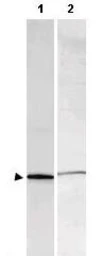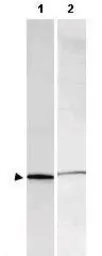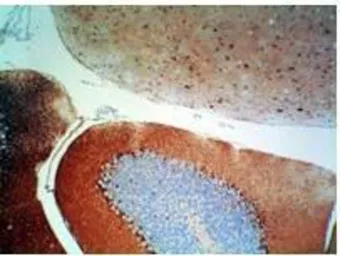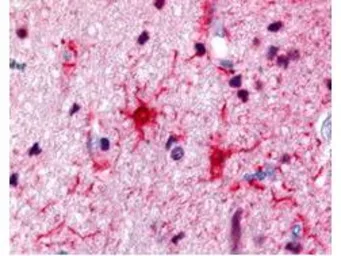S100 antibody
Cat. No. GTX48819
Cat. No. GTX48819
-
HostRabbit
-
ClonalityPolyclonal
-
IsotypeIgG
-
ApplicationsWB IHC-P ELISA
-
ReactivityHuman, Mouse, Rat, Bovine



